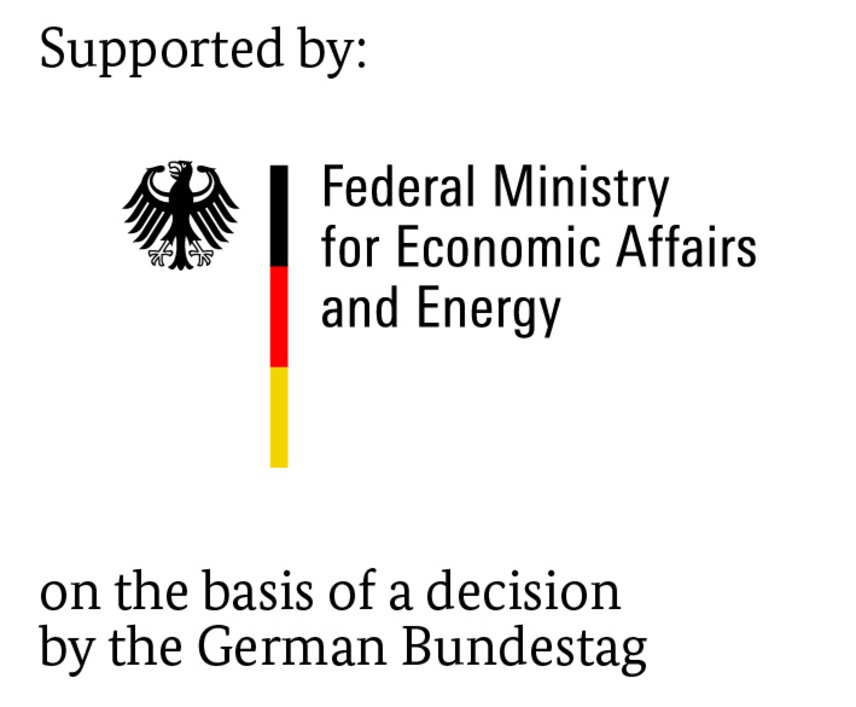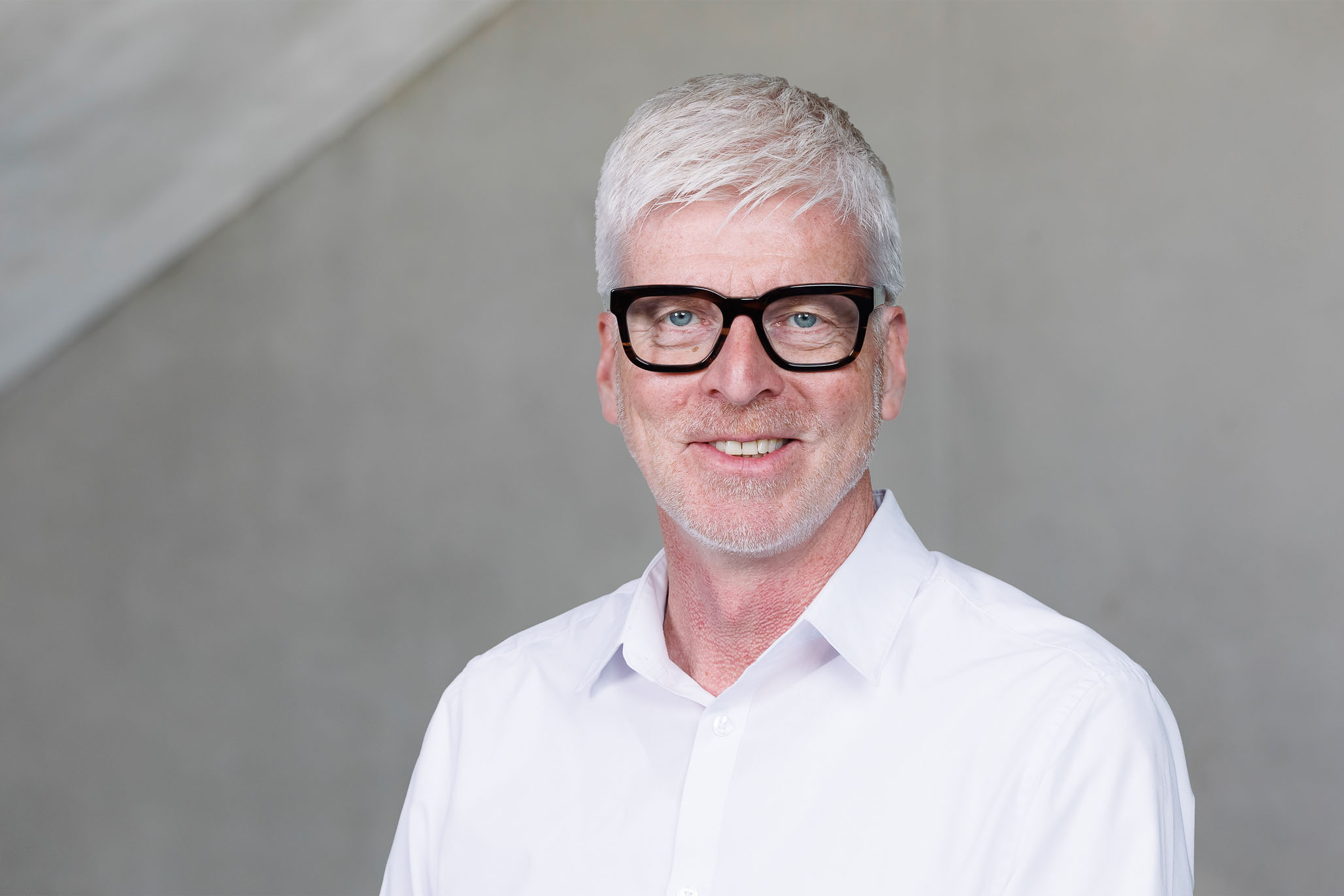For alkali-reactive aggregates (alkali-reactivity class E III-S) the Alkali Guidelines issued by the DAfStb (German Committee for Structural Concrete) call for precautionary measures that depend on the moisture class of the structure and the cement content. So far these have involved replacement of the reactive aggregate or the use of cement with a low effective alkali content conforming to DIN 1164-10. In order to develop more cost-effective measures for avoiding damage caused by an alkali-silica reaction (ASR) it is necessary to introduce a new alkali-reactivity class E II-S (moderately reactive) for aggregates as defined in Part 3 of the Alkali Guidelines. Although such an alkali-reactivity class (E II-O, E II-OF) has existed since 1974 for aggregates according to Part 2 of the Alkali Guidelines (gravel with opaline sandstone and flint), an alkali-reactivity class E II-S has not yet been defined because so far the results of the investigations have not permitted extensive differentiation. A new alkali-reactivity class E II-S would, where appropriate, make more discriminating measures possible and increase the competitiveness of concrete as a construction material.
The Cooperative Industrial Research (IGF) project, which was carried out jointly by the VDZ gGmbH and the Brandenburg Technical University Cottbus, had two objectives:
- definition of the boundary conditions for classifying aggregates in the alkali-reactivity class E II-S with the BTU-SP-test
- definition of precautionary measures for the alkali-reactivity class E II-S (moderately reactive aggregates)

